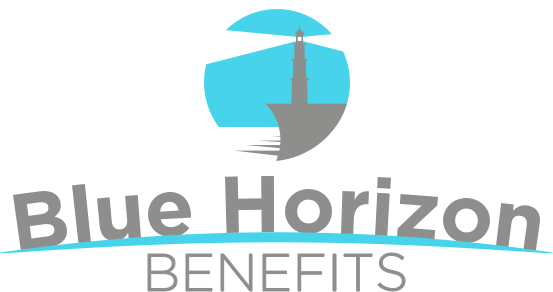Section 6: Remote Employee Engagement
Organizations with highly-engaged employees are significantly more profitable and grow faster than ones with average levels of engagement. The reasons for this are simple: engaged people bring their “A” games to the work, they build capital in the form of knowledge and relationships, and they don’t leave. Replacing a performing employee costs an additional 50% of their annual salary in the form of lost productivity, time, and direct costs. That’s on top of whatever you’ll pay their replacement.
According to the Corporate Leadership Council, highly-engaged employees are 87% less likely to leave your organization. Engagement is not fluffy, it’s a key driver of bottom line.
In his book, “Engagement Magic,” Dr. Tracy Maylett outlines the five keys for engaging employees:
Meaning, Autonomy, Growth, Impact and Connection.
It’s important to understand that any given employee, based on their inherent value system, will respond to one or two of these keys more than the others. And not everyone is engaged all the time. Most employees wax and wane—and they share in the responsibility to re-engage when they find themselves drifting. As a leader, your job is primarily to provide them the context in which to do so.
So how does this relate to HR tech? Because engagement is subject to natural peaks and valleys, consistent and open dialogue is essential.
If you’ve never simply asked your employees what’s important to them, you now have plenty of reasons to do so. Considering all the stress and uncertainty which has surrounded COVID-19, plus a new reliance on technology to manage a remote workforce, now is the perfect time to gain new insight into your most valuable asset: your people. And you can use tech to do it
We’re happy to chat about how to design questions tailored to your organization, and how to use technology to field thoughtful answers. But when thinking about a simple place anyone can start, let’s consider Maylett’s MAGIC once more.
A simple 5-question survey could include:
- “What’s an example of a time you found your work meaningful?”
- “Where have we given you autonomy over how a task gets done? Where is it missing?”
- “How do you plan to grow professionally? What else can we be doing, especially now, to help?”
- “For whom are we collectively making a difference? Where does your work fit in to that?”
- “What do you miss most about work pre-COVID?”
Not everyone will greet each question with enthusiasm. A salesperson might key in on the growth question and provide terse responses to the rest, while a social worker will likely focus on the meaning and impact questions. And then there will be a subset of your people, maybe 10-15%, who are completely disengaged. These are likely your lowest performers, and care should be taken to “fence in” their poor attitudes to prevent contagion.
Once you have a feel for what matters to individuals and to the organization as a whole, you can use HR tech to communicate what the company is doing to keep everyone engaged. This can be incredibly liberating.
Engagement isn’t about snacks, summer fridays, or a foosball table.
Don’t just throw money at the engagement problem. Your population’s responses to the survey will provide you insights that are concrete. And because you’re a successful manager, we know that once you have solid facts, you will establish a direction and move the organization forward.
If your benefits broker isn’t having pro-active discussions about HR tech in light of the global COVID-19 pandemic, it might be time to talk to a true benefits advisor. Click here to schedule a demo of how we work with clients on strategic tech issues.









